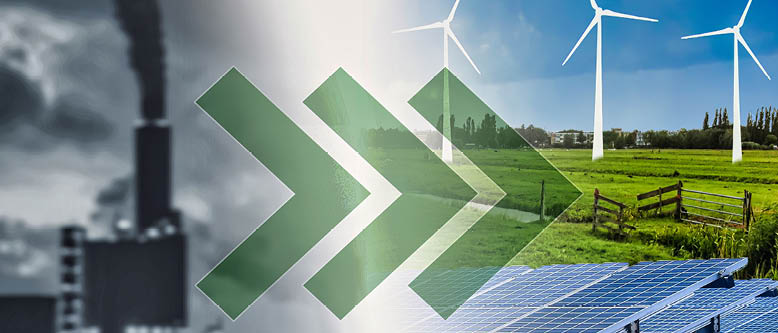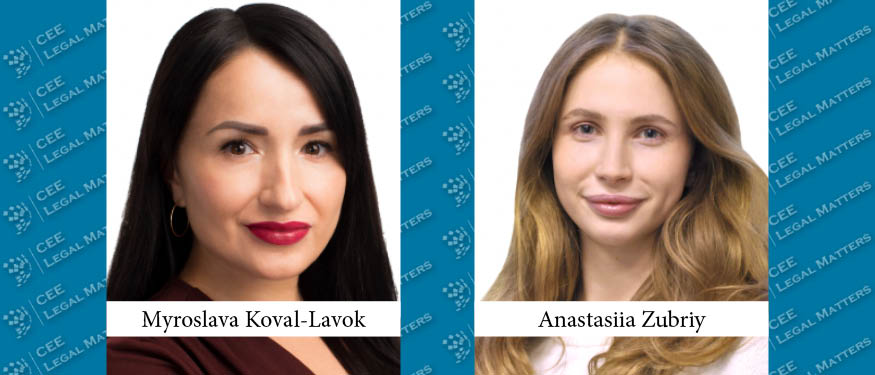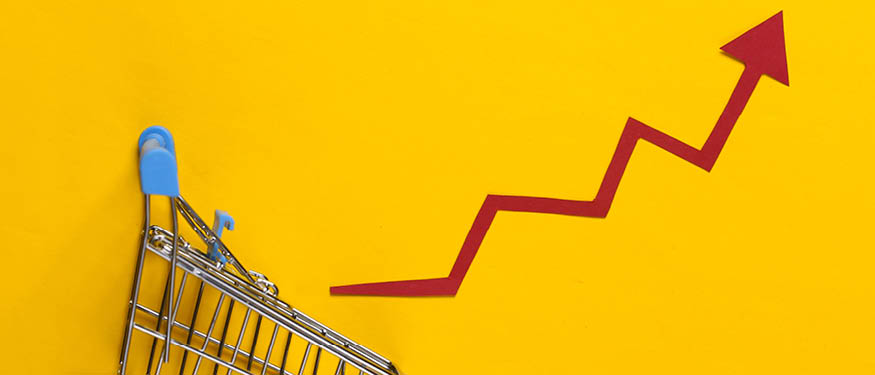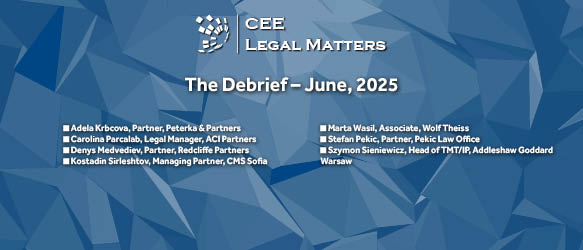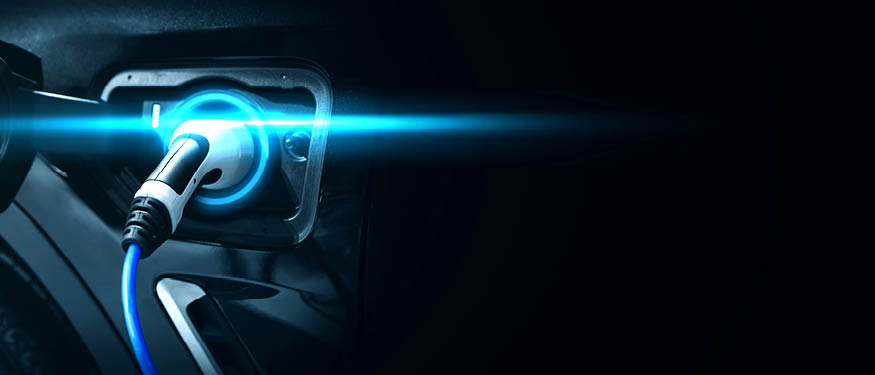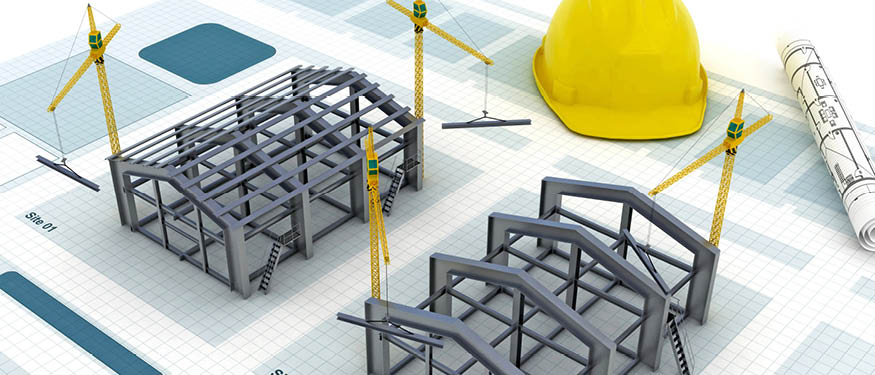Discussing how the energy markets are evolving – diversifying, moving away from dependence on Russian gas, and becoming ever-greener – CMS Partners Horea Popescu, Blazej Zagorski, Thomas Hamerl, and Maria Orlyk take a deep dive into the dynamic shifts in the energy landscape post-2022.
CEELM: How is the CEE energy market different today compared to before 2022?
Popescu: The energy landscape has evolved considerably. The limited supply of Russian gas has catalyzed a shift toward diverse energy sources, including renewables and nuclear. There’s a clear directional shift toward different types of energy, targeting 2030 source goals. The dependency on Russian gas varied across the region, but overall, there’s been a stark decrease, through diversification in terms of sources and opening up opportunities for newer energy types across the region.
Zagorski: Poland’s energy market, particularly regarding nuclear power, has seen significant changes. We’ve moved from gas plants seen as a key component of the energy transition to exploring nuclear energy more intensely, including investments in both large-scale and smaller innovative nuclear projects. An example of that is the joint venture between Orlen and Syntos to construct several small- and mid-sized nuclear reactors.
Hamerl: Even markets that heavily relied on Russian gas like Austria or Bulgaria managed to find different suppliers easier than expected, supported by large storage capacity like in Austria and replacing natural gas with LNG, especially via markets like Germany and the Netherlands. Nuclear power is quietly gaining ground, with increased interest in photovoltaic energy. We’ve however learned that despite all the efforts for a green transition, oil and gas will remain important for much longer than we thought.
Orlyk: Although the Ukrainian energy system has been severely damaged by Russian missile and drone attacks and is currently in dire need of support from our international partners, Ukraine still continues to play an important role in the European energy supply network. We are still responsible for gas transit and we have proven to be a reliable partner to European countries in procuring gas storage.
CEELM: What new opportunities have emerged?
Zagorski: Challenges often lead to opportunities. This is true also for the energy sector. For example, gas supply issues brought nuclear energy to the forefront. Grid-related challenges opened up substantial investments in infrastructure, and battery storage is emerging as a crucial component, offering numerous opportunities.
Hamerl: Absolutely. We’re seeing new business models and innovations, such as collaborations between energy producers and large users. Our clients are actively exploring these new avenues rather than waiting for governmental solutions.
Popescu: Each crisis brings innovation. Rapidly adapting to reduce dependency on certain energy sources is a testament to our resilience and innovation capabilities. We’re now exploring areas like offshore wind and tapping into new gas reserves in the Black Sea.
CEELM: In terms of the energy sources mix, what specific trends have you observed?
Popescu: In the region, there’s been a significant increase in solar project investments, as shown by CMS’s Emerging Europe M&A Report (to be published in January 2024). Wind energy, though slightly decreased, remains a key player due to longer deal processing times.
Hamerl: Photovoltaics and wind energy are already well-established. However, investments in battery storage are gaining momentum and hold great promise for the future. Photovoltaics still has the potential to grow. Investors are regaining confidence and we are likely to see more and more hydrogen projects – but this might take two or three years.
CEELM: Could you elaborate on the specific energy developments in your respective regions?
Popescu: In Romania, we’re considering mini-reactors with US technology. While it’s an untried approach, the interest in standard nuclear power plants is growing, with Hungary and Bulgaria also exploring similar options. We’re particularly attentive to developing our third and fourth reactors at the existing nuclear power plant.
Zagorski: Poland’s energy market is evolving with numerous challenges. Supply stability issues are to be addressed with solutions like battery storage facilities. We’re also seeing the emergence of hybrid renewable projects that combine wind and solar sources, optimizing the use of the grid.
Hamerl: The current challenges include high interest rates and construction costs, coupled with falling energy and commodities prices, which put many business models in crisis. We’re also dealing with a complex transition due to an incomplete legal framework, slow permitting processes, dealing with state aid law restrictions, and political resistance to new technologies like wind parks or hydrogen solutions. While there were many laws that have been successfully passed – there have also been many that are simply not thought through sufficiently or secondary legislation was missing, like the ones tackling subsidy schemes, which could deter potential investors.
CEELM: How are these changes impacting the legal landscape?
Popescu: The energy sector is bustling with large deals and a growing interest in renewable projects. We’ve been involved in numerous aspects of these projects, from permitting to financing. CEE was lagging a bit in terms of renewables compared to Western Europe and now, with all the EU funds for the energy transition being online and the increase in demand – there has been a lot of activity. Looking at the past two or three years alone, many existing production facilities have changed hands and many projects have been put on the market. CEE aims to achieve carbon neutrality by 2050, and we’re seeing a consistent increase in financing for renewable energy despite high interest rates.
Hamerl: Banks are gaining experience and requiring fewer securities. Of course, risk premiums and securities could be partly replaced by corporate power purchase agreements. Still, a reliable legal framework is crucial to mitigate surprises like limited grid access or re-access costs. Somewhat interestingly, grid operators are not allowed to run battery storage facilities on their own. In those instances where improving the local grids is too expensive, operating battery storage facilities would solve many problems.
CEELM: What developments are expected in the coming years?
Hamerl: The EU-level electricity market reform will have a significant impact. We’re also expecting an increase in innovative start-ups, leading to more diverse and complex legal advice opportunities. As always, innovation is key. Our clients are at the forefront of this transformation, exploring and implementing novel energy solutions.
Popescu: In the next 12 to 24 months, we foresee new developments, including potential nuclear projects and possibly the first offshore wind projects. With predictions of warmer temperatures in the coming years, our focus is on promoting effective strategies to combat climatic trends.
Zagorski: The regulatory framework in Poland is evolving favorably for energy investments, and we anticipate further progress, making Poland an even more attractive investment destination.
Orlyk: For Ukraine, it is currently most important to keep its internal energy production and supply afloat. At the same time – it is also essential to remain a reliable and active partner for the EU in achieving energy stability and in the long run – climate neutrality. For this reason, while restoring the Ukrainian energy infrastructure, which will take an enormous effort, is a priority, a great emphasis will be placed on renewable architecture and the green transformation of the country. And this is something for which Ukraine will rely on EU support a lot.
This article was originally published in Issue 10.12 of the CEE Legal Matters Magazine. If you would like to receive a hard copy of the magazine, you can subscribe here.

